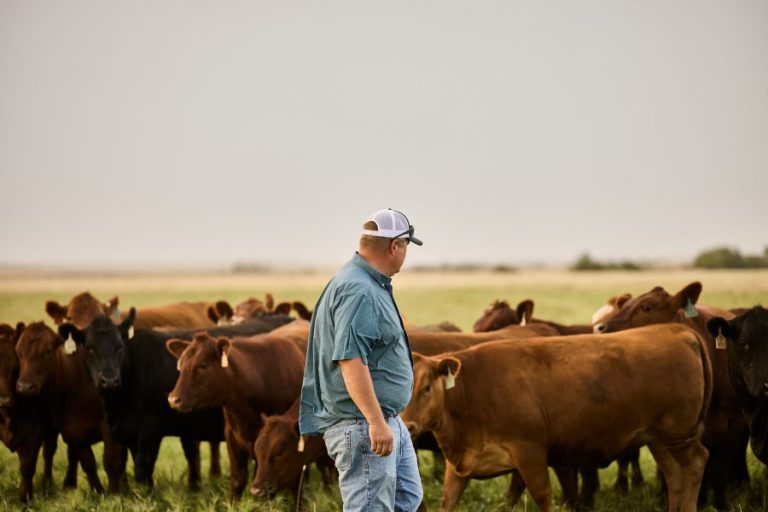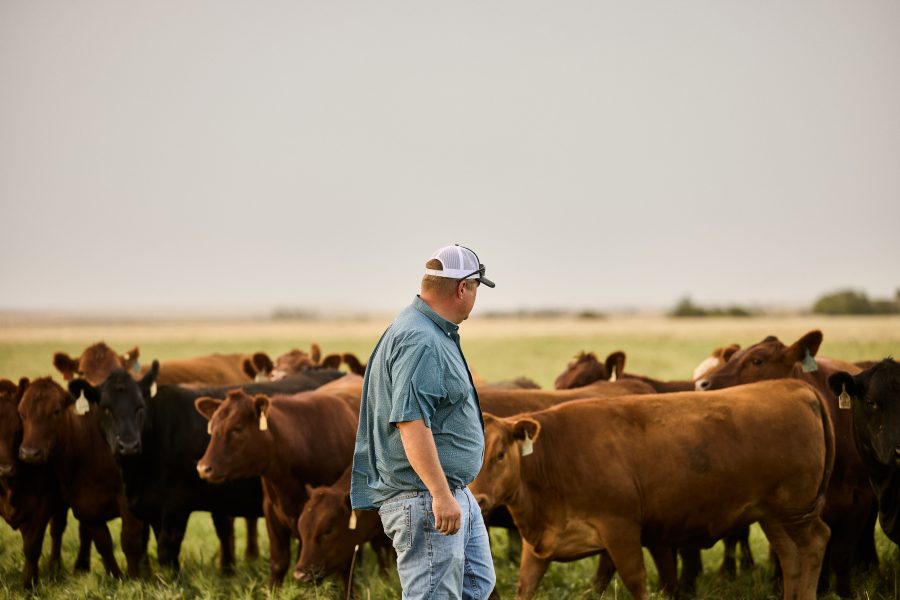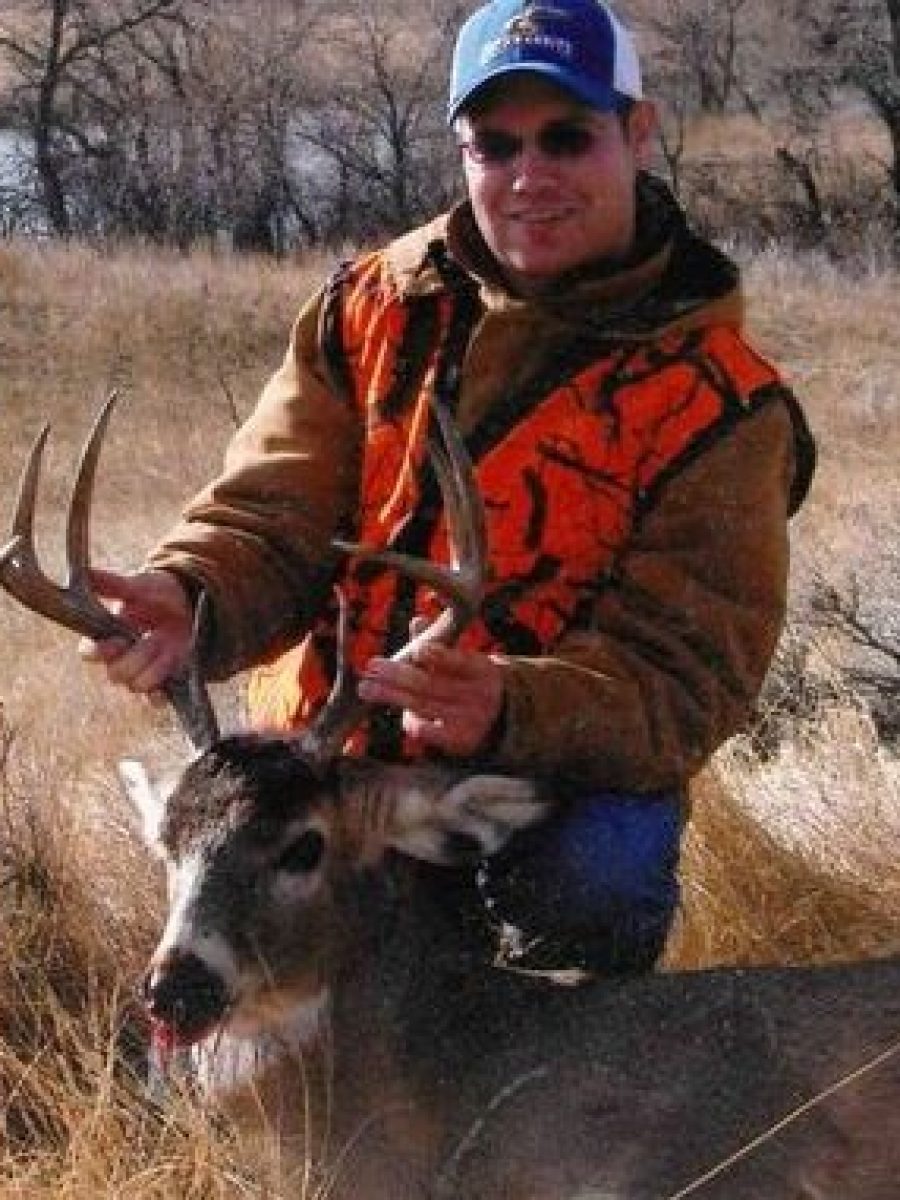BROOKINGS, S.D. – In 2015, the federal government issued a challenge to the animal health industry: Come up with technology that would enable it to react quickly to foreign diseases whose sudden appearance pose a threat to animal populations.
Medgene, a startup company in Brookings, responded, developing a platform technology that allows vaccination development for emerging threats within weeks of their discovery — as opposed to years. Since then, the company has successfully developed a suite of animal vaccines, including a rapid response vaccine to the emergence of a foreign hemorrhagic disease almost universally fatal to rabbits.
Now, with the sudden emergence of H5N1 in cattle – the virus that causes what’s commonly known as bird flu – Medgene has a vaccine ready to respond. There’s just one problem: The agency that issued the 2015 challenge — the U.S. Department of Agriculture — is now proceeding with a traditional response. And that means it could take years to license a bird flu vaccine.
USDA is navigating tricky waters with an approval process for a vaccine for dairy cattle, says Dr. Alan Young, Medgene’s chief technology officer and an immunologist who developed the platform vaccine technology. On one hand, complicated international trade agreements could harm dairy products produced from vaccinated animals. Meanwhile, H5N1 is considered highly pathogenic to birds, requiring stringent safety measures to test a vaccine.
Young and Medgene CEO Mark Luecke spoke to The Dakota Scout about the technological breakthrough the company developed. Young founded the company while working as a professor of veterinary and biomedical science at South Dakota State University, and the company employs about 100 people — many locally trained agriculture scientists from SDSU.
The vaccine would stop the virus from sickening animals and disrupting milk supplies, Young said, but there are also “nasty trade problems” that arise with some countries that might ban dairy exports from the United States.
“That’s kind of a rock and hard place, and it feels really frustrating because Mark and I are sitting here as USDA comes out and says, ‘We don’t have a solution,’ and we’re at the back of the room with our hands raised, saying, ‘We do, we do, we do,’” Young said.
“We’re kind of beside ourselves with respect to, why wouldn’t you want to stop it at the source, especially when you’ve got a vaccine in hand that would work,” added Luecke.
Security concerns
Stopping it at the source could prove imperative for human health. H5N1 first showed up in cattle in the United States this spring, the virus jumping from birds. Since then, it spread quickly, infecting dairy herds in more than a dozen states, including South Dakota. In turn, some farm workers tested positive for the virus.
So far, those infected humans have had mostly minor symptoms, but people who have developed Bird Flu from birds in other parts of the world have a mortality rate of 50 percent. The fear, Luecke said, is that the virus could become more lethal in humans and be spread human to human.
Typical livestock vaccines require a challenge cohort — starting with about 25 animals where some receive the vaccine and then are exposed to a pathogen, while others are not vaccinated. If the vaccinated animals resist symptoms, the vaccine is deemed a success.
But H5N1 proves to be a special situation: USDA considers it a highly pathogenic virus. The status requires testing to be done in a level-3 security lab, the second highest level lab that requires three barriers of containment with high-security air handling where researchers have to shower when entering and leaving the lab. Few, if any, level-3 labs are equipped to handle cattle — or the mess 25 of them would make over a testing period, Young said.
Another problem with a traditional challenge test is that experts are still unsure how avian influenza is spread to cattle, Young said. Thus, they don’t know how to conduct a traditional challenge test.
But Medgene contends the challenge test can be skipped by deploying its vaccine in the field and determining if it is effective. USDA has already licensed Medgene’s platform technology. That means USDA already recognizes the company’s ability to produce a host of vaccines for cattle.
The licensed platform technology is similar to a Keurig beverage machine. The basics of a species are built into the platform, and specific vaccines can be developed for specific diseases in the way a Keurig makes different flavored beverages. The platform creates vaccines based on the genetic information of a pathogen inserted into the platform.
Medgene answered USDA’s call in 2015, won its license and is ready to respond to a rapidly emerging threat, Luecke said.
“We would simply ask USDA to please follow your own platform technology guidelines, and let Medgene do the work for our customers,” he said. “We’re not advocating to be able to sell a lot of vaccines, but we are advocating for our customers that are losing a lot of milk and losing a lot of cattle.”
⌊ See Complete Reporting On H5N1 Virus In Dairy Cattle, Here and Here ⌋
Dairy losses
One of those potential customers is Randy Gross, a dairy producer from Elkton. The virus went through his herd in June. While he didn’t lose any cattle to the virus, the infected animals saw a dramatic loss in the milk they produced.
“It definitely affects the performance of the herd,” he said.
Gross said he thinks there would be widespread adoption among producers if they could sell the milk of vaccinated animals. The industry has already adopted a number of vaccines to safeguard animal health.
“Most producers are pretty aggressive about vaccines,” said Gross, who is the vice chairman of the South Dakota Dairy Producers. “In general, that’s been the industry’s approach to bio-security — vaccinate, vaccinate, vaccinate.”
But Gross has seen this before. A common vaccine he uses for calf pneumonia came on the market in 2022. He said it was ready for use in 2009, but it took 13 years for approval.
USDA concerns
For its part, USDA has started to “assess the potential to develop an effective vaccine for H5N1 in cattle,” according to department spokesperson who issued a statement to The Dakota Scout. However, the department conceded that it is early in the process and did not predict how long development could take.
If the department elects to proceed with vaccine development, the next step is to identify potential manufacturers — companies such as Medgene. In July, the department’s Animal and Plant Health Inspection Service, the regulatory arm of veterinary biologics, issued a notice soliciting inquiries from interested manufacturers.
Once companies are identified, they go through 20 “discreet stages” before vaccine delivery. That process generally takes two and half to three years. However, in emergencies, the process can be expedited.
“There are also trade implications that would need to be considered once we are further into the development process,” the statement said.
In other words, the same old process.
But Medgene, at the urging of USDA several years ago, developed technology that leapfrogs the old way of manufacturing and testing a vaccine. The situation is all the more frustrating because Medgene already has a license to sell a vaccine for the D-strain of the virus, one that is related to the A-strain but less lethal.
The “highly pathogenic” label to the virus should apply to birds but not cattle, Luecke argues, because it isn’t nearly as lethal to cattle. The company has asked government officials to explain how vaccinating cattle would affect the poultry trade.
“The short answer is that it shouldn’t,” he said.
While all this plays out, USDA is recommending cattle owners improve their biosecurity defenses to protect their cattle from the migrating birds that carry H5N1. In other words, they need to buckle in for the long haul, the agency warns.












